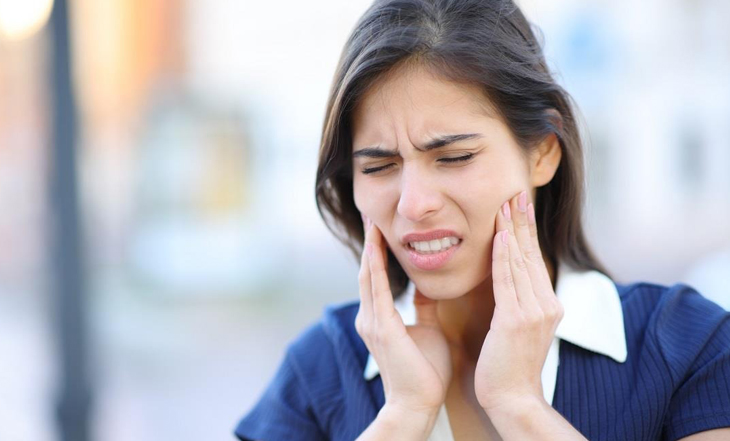
TMJ Disorders In Park City, KS
Different Types and Symptoms of TMJ Disorders
- Myofascial pain can cause discomfort in the jaw joint area due to heightened muscle tension and spasms caused by different factors.
- Internal derangement refers to a condition where the disc is displaced, the jaw is dislocated, or there is trauma to the condyles of the jaw.
- Arthritis is characterized by degenerative joint disease.
Diagnosis and Treatment
The dentist will assess joint symptoms and function to determine if a TMJ disorder is present. Additional tests, such as special radiographic imaging, may be ordered if needed. Treatment options may include oral appliances, steroid injections, occlusal adjustments, and orthodontic or prosthodontic treatment. In severe cases, surgery may be necessary.
Self-care methods can help alleviate TMJ disorder symptoms. Patients should eat soft foods, avoid excessive jaw movements, practice stress reduction techniques, and use ice packs or moist heat as directed. Gentle stretching exercises recommended by the dentist or therapist should be followed. Over-the-counter pain medications may provide temporary relief, but stronger medications may be prescribed if needed.